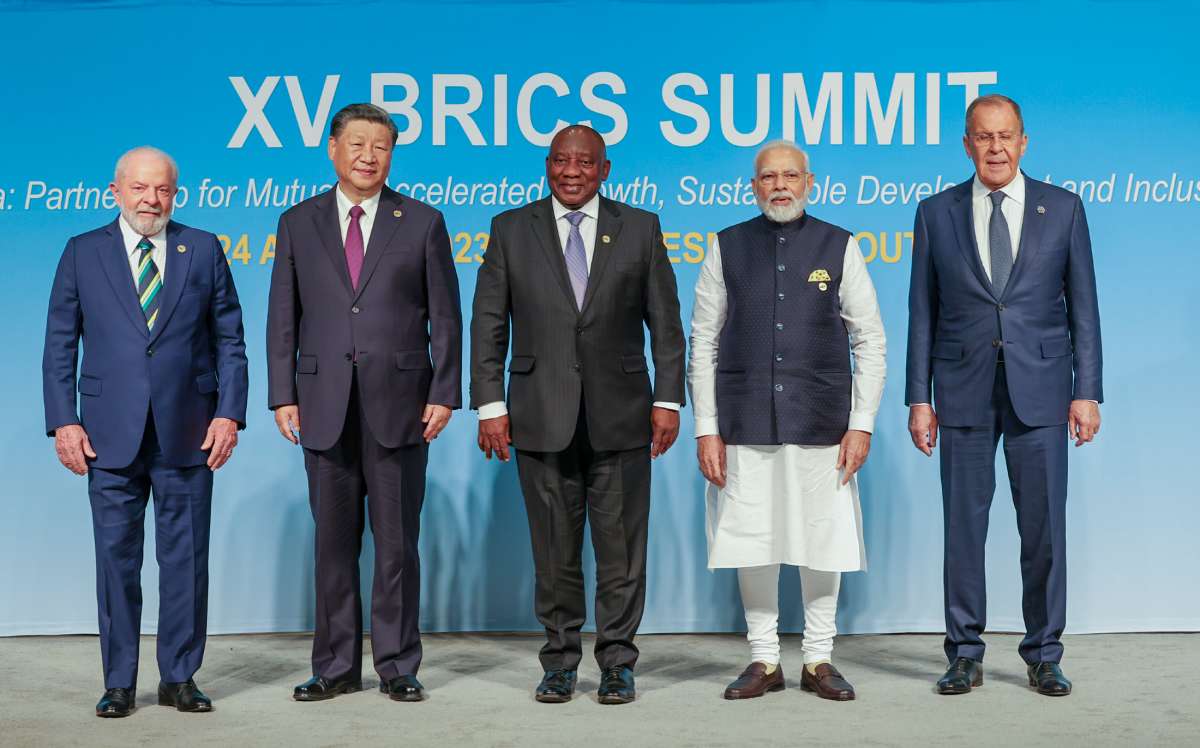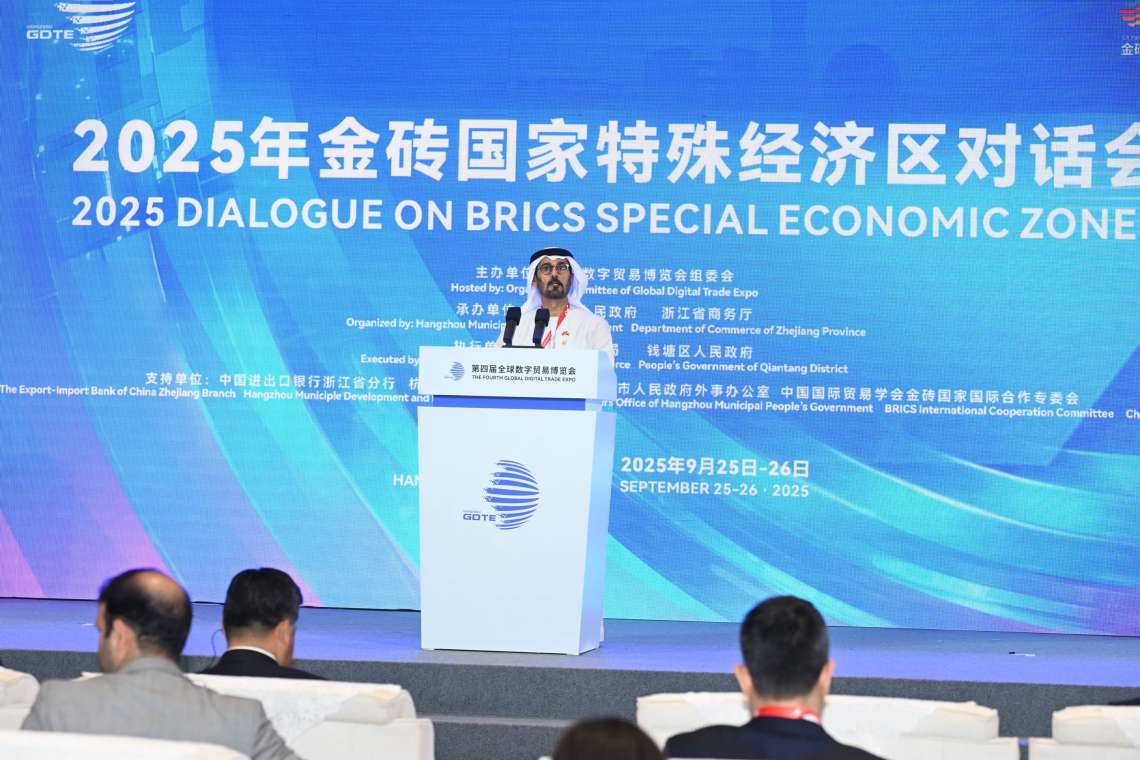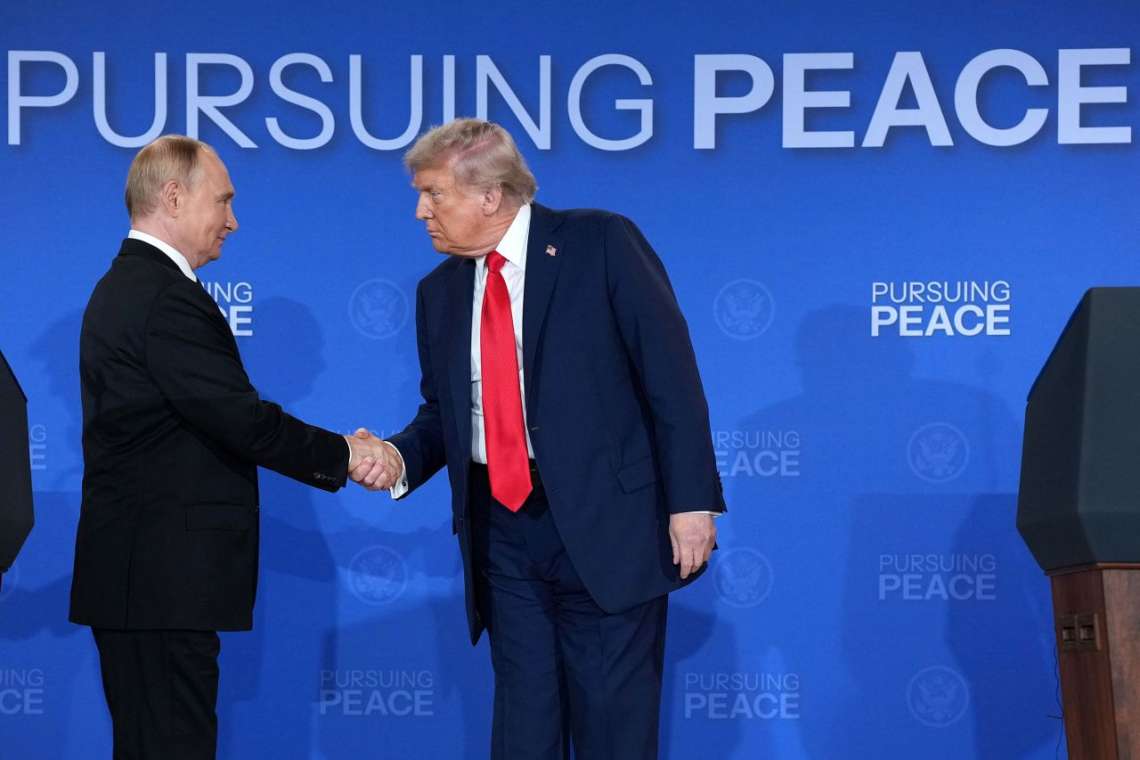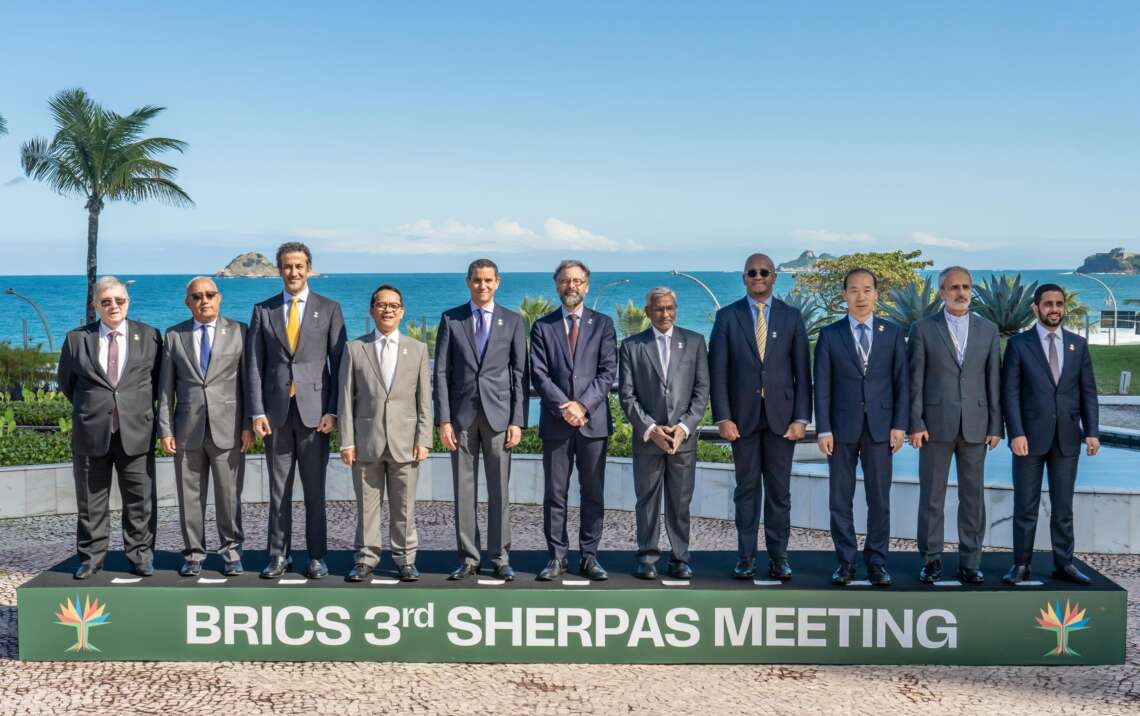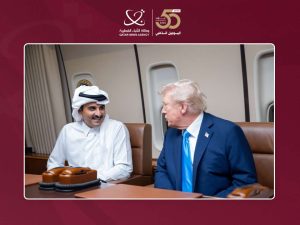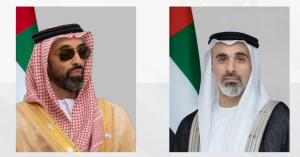The Russian leader further said that the move clearly reflects the ongoing formation of a new multipolar world…reports Asian Lite News
The BRICS nations have overtaken G7 states in terms of the purchasing power parity (PPP) of their populations, Russian President Vladimir Putin said on Monday in an interview.
“As for BRICS, at the time of the summit in Johannesburg [in August], the ratio of the economies of the G7 countries and the BRICS countries was already in favour of BRICS in terms of purchasing power parity,” Putin said.
BRICS currently comprises Brazil, Russia, India, China, and South Africa, but the group will be joined in January by Argentina, Egypt, Ethiopia, Iran, Saudi Arabia, and the UAE.
The G7 club of industrialised and developed countries consists of the US, Canada, the UK, France, Italy, Germany, and Japan.
Putin said that the BRICS expansion will prove beneficial to the group, which has historically positioned itself as an alternative to Western-dominated international institutions, RT reported.
The Russian leader further said that the move clearly reflects the ongoing formation of a new multipolar world.
“This means that every country joining BRICS supports the idea and concept of forming a multipolar world, as none wants to be on the sidelines of a ruler, seeking equal relations,” he said.
Earlier this year, UK-based economic research firm Acorn Macro Consulting reported that BRICS member nations had surpassed the G7 in terms of Gross Domestic Product (GDP) based on PPP.
According to the analysts, the five BRICS nations accounted for nearly 31.5 per cent of global GDP, compared to 30.7 per cent for the G7, RT reported.
Meanwhile, the India-based Megh Updates platform has stated that BRICS countries have officially overtaken G7 in the share of world PPP GDP and that this trend can be expected to continue.
The current BRICS five now contribute 31.5% of global GDP, while the G7 share has fallen to 30%. The BRICS is expected to contribute over 50% of global GDP by 2030, with the proposed enlargement almost certainly bringing that forward. China’s GDP actually overtook that of the United States in 2015 when comparing economies in purchasing parity terms.
Recently, the group admitted six new members: Argentina, Egypt, Ethiopia, Iran, Saudi Arabia and the UAE, and to consider other prospective countries. Strongly supported by China and Russia, the inclusion of Iran has strengthened the anti-US axis in the BRICS—probably making it more antagonistic and more challenging for the United States and the West to deal with it as an organization which contains two internationally sanctioned members. This decision reflects the sway of China together with Russia in the group and could not be very comfortable for moderate members like India and Brazil.
ALSO READ-BRICS becoming attractive in multipolar world, says Lavrov

